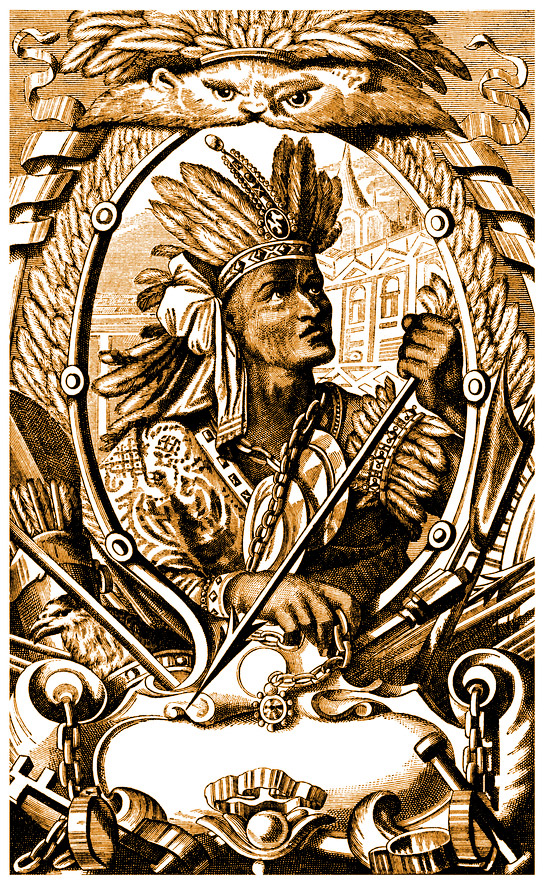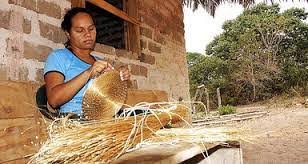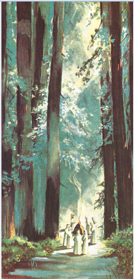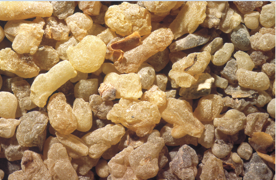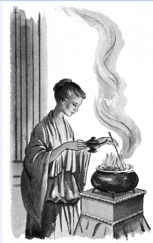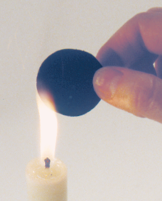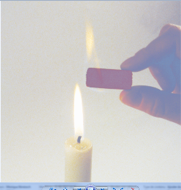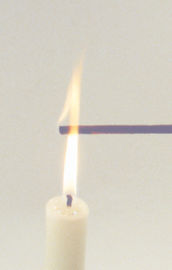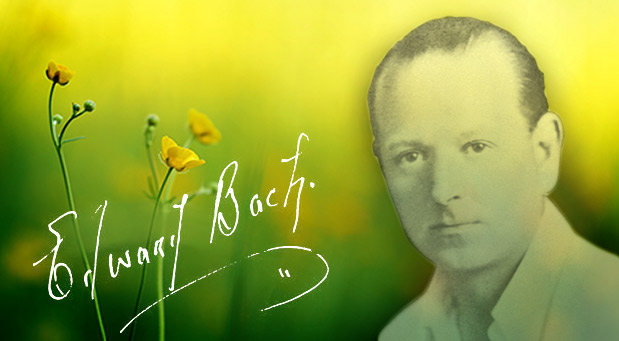Why a book about Atlantis?
I have been fascinated by the mystery of Atlantis for quite some time. To begin with, I thought it was simply a myth, but after reading Timaeus and Critias my outlook changed completely. At a time when the map of the world stopped at the strait of Gibraltar, Plato offered an exact description of the Atlantic Ocean as well as that of islands reached before the immense content beyond it. These islands were none other than those of the Caribbean and the continent in question was America. He also highlighted the minor proportions of the Mediterranean in comparison with the immensity of this Ocean. How was Plato able to write such a description of the Atlantic world when we’re led to believe that America wasn’t discovered by Christopher Columbus in 1492! This is what gave me the distinct impression that the Egyptian source of information, which Plato drew upon, was a reliable one. I decided to write this book in a bid to reflect on and lend credibility to Plato’s theory.
What difficulties did you encounter in trying to write this book?
The main challenge, was selecting the most reliable documents in order to provide information that was both concise and credible. As thousands of works have been written on Atlantis, I had to prioritise information which carried more weight with regards to tradition and science. My choice was guided by the interpretation of what is understood by the term “advanced civilisation”. By analysing the conclusion Plato reaches, I avoid focusing too heavily on technological development. What would have taken Atlantis to its peak was Wisdom, for as long as the Atlanteans respected the divine order they were blessed with prosperity. I therefore concentrated on the arguments which supported this theory.
On a personal level, what interests you most about Atlantis? What interests me the most is researching civilisations which have retained the legacy of the wisdom of Atlantis. This is why I opted for two main fields: Ancient Egypt and megalithic civilization. These two fields provide me with both an insight into the wisdom of Atlantis through Ancient Egypt, and also the legacy of the survivors of the cataclysm through megalithic architecture. As it is worth remembering, that according to Critias, once it reached its peak this civilisation went into decline, once “human nature” took hold, and wealth became a burden.
What are the main similarities between Atlantis and our modern world?
Unfortunately, I don’t see many similarities between the two civilisations, as while Atlantis was the embodiment of wisdom, it would be difficult to say as much of our rampantly materialistic society. If the loss of wisdom was the main cause of Atlantis’ downfall, it could serve as a cautionary tale for humanity which today finds itself at a crossroads between: “Living well” or “having a lot”!
What are the main differences between Atlantis and our modern world?
It is difficult to pinpoint specific differences as to do so we would need to know about the lives of the men and women of Atlantis. Where this civilisation is concerned, we only have the information provided by Plato, but we have to recognise the fact that his description is part myth. In as much as megalithic civilisation and Ancient Egypt provide reflections of this civilisation, they bear witness to geometric, astronomical and especially symbolic knowledge. However, above all else, these civilisations applied their knowledge to the service of spirituality. Both megalithic and Egyptian sacred architecture is certainly the work of an organised, and definitely hierarchical, society: men and women capable of pooling their abilities in the pursuit of the same ideal. It is therefore down to each of us to identify the differences with our world where values have become inverted: man was created to be loved and things to be used... Nowadays it is far too often true that things are loved and man is used. Our civilisation has certainly surpassed the scientific and technological level of Atlantis, but we are undoubtedly a long way off the social and spiritual evolution they reached at the peak of their civilisation.
In your opinion, was Atlantis a real civilisation? Do you think traces of it can still be seen today?
I think that Atlantis really was a civilisation, and its traces can be seen in Egypt and within megalithic civilisation. The most adventurous architectural creations have stood the test of time and speak to the value that the sacred held for that civilisation. Both of these types of architecture required a society capable of pulling together.
Do you think that today there are “descendants” of Atlantis out there anywhere?
If we accept the principle of reincarnation, then it follows that the men and women of that era must have been reincarnated to continue their spiritual evolution over the centuries or even millennia. So, there's no reason to rule out the idea that the men and women of the XXI Century could be former Atlanteans.
Do you think that one day, science might solve the mystery of Atlantis?
I believe that science, and particularly underwater archaeology, will enable us to lift the veil on a submerged civilisation, as long as any such discoveries are not kept secret. While our civilisation is introducing an element of decadence to the ethical and spiritual plain due to its excessive materialism and secularism, we should remain aware of a certain evolution of awareness which is currently taking shape and gathering pace. The media prefers noise; what is good is obscured, but the words of Louis-Claude de Saint-Martin are worth remembering: good doesn't make noise, and noise doesn't do any good... I think that mankind’s spiritual evolution will become increasingly oriented towards cognitive disciplines for the benefit of the development of our intuitive faculties which may in turn mean archaeology is able to resolve the mystery. In particular, I am thinking about the discovery and unlocking of new chambers in the pyramid of Cheops.
What is the message you are trying to get across with this book?
I hope to play my part in the restoration of the thread of the history of humanity, as I believe that the civilisation of Atlantis represents the missing link between Cro-Magnon man and the Egyptian as well as megalithic civilisations and also, in all likelihood, that of the Central American pre-Incas... The Cro-Magnon man of western Europe also reached a certain level of development as evidenced by cave paintings (Altamira – Lascaux - Chauvet – Niaux…). They likely followed Herodotus’ second route in order to cross the strait of Gibraltar. The pre-Atlanteans must have followed Herodotus’ third route, via the Canaries, in order to reach the mysterious continent whose mild climate would have enabled their development. However, above all else, I hope for this book to contribute to a reinvigoration of Plato's accounts.
Notes on the author:
Date and place of birth: 5 May 1945, Toulouse
Education and qualifications: Mathematical Baccalaureate – Merchant Navy training school to acquire the Master Mariner certificate of competency. Long-haul shipping for 12 years then Marine Pilot in the port of Sète for 22 years. Biblical and theological studies qualifications obtained at the Toulouse Theology Faculty
Previously published works:
L’Atlantide, mythe ou réalité – Diffusion rosicrucienne.
Le pèlerinage à Compostelle, une quête spirituelle – Diffusion rosicrucienne.
Orcival trésor médiéval – Éditions Aigle botté – Collection Traversées








